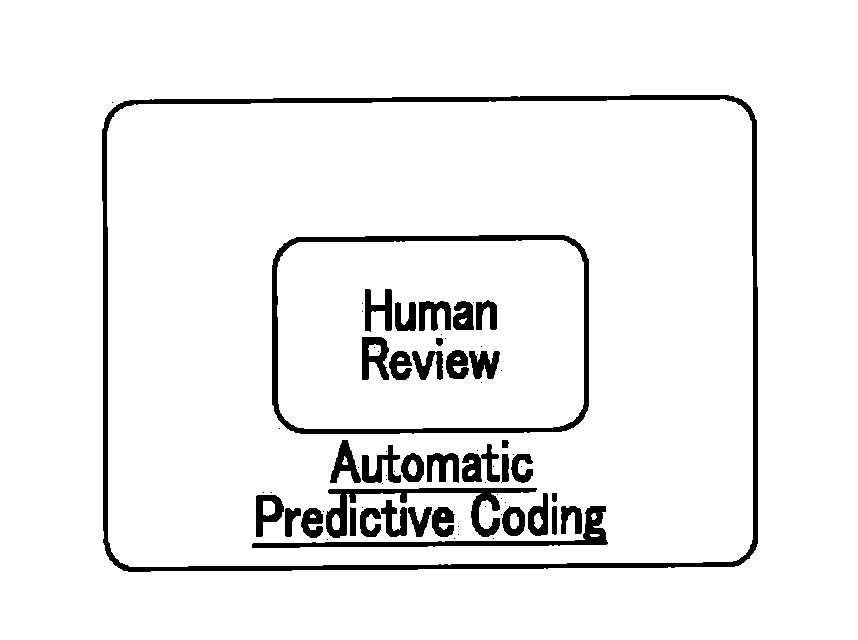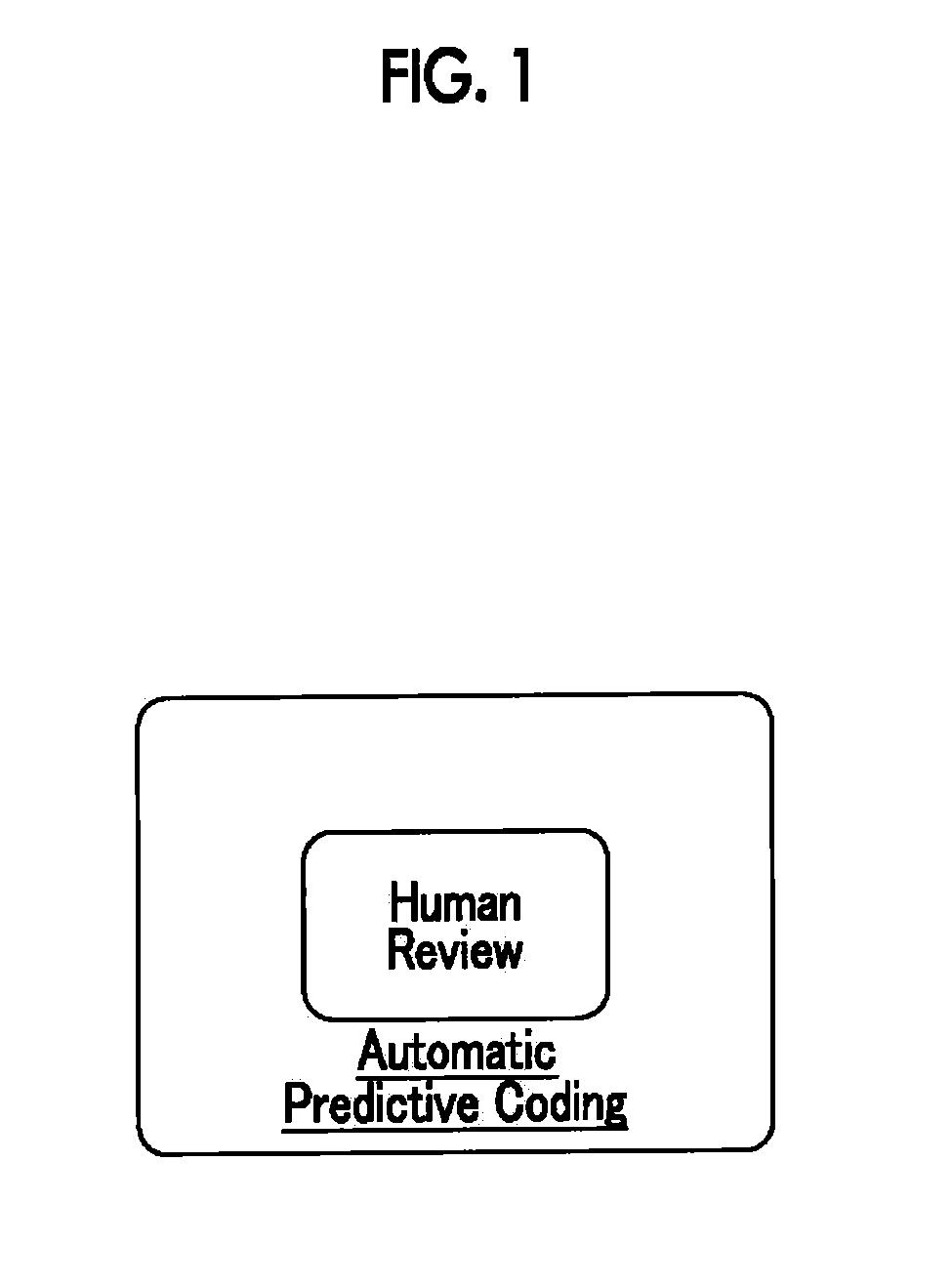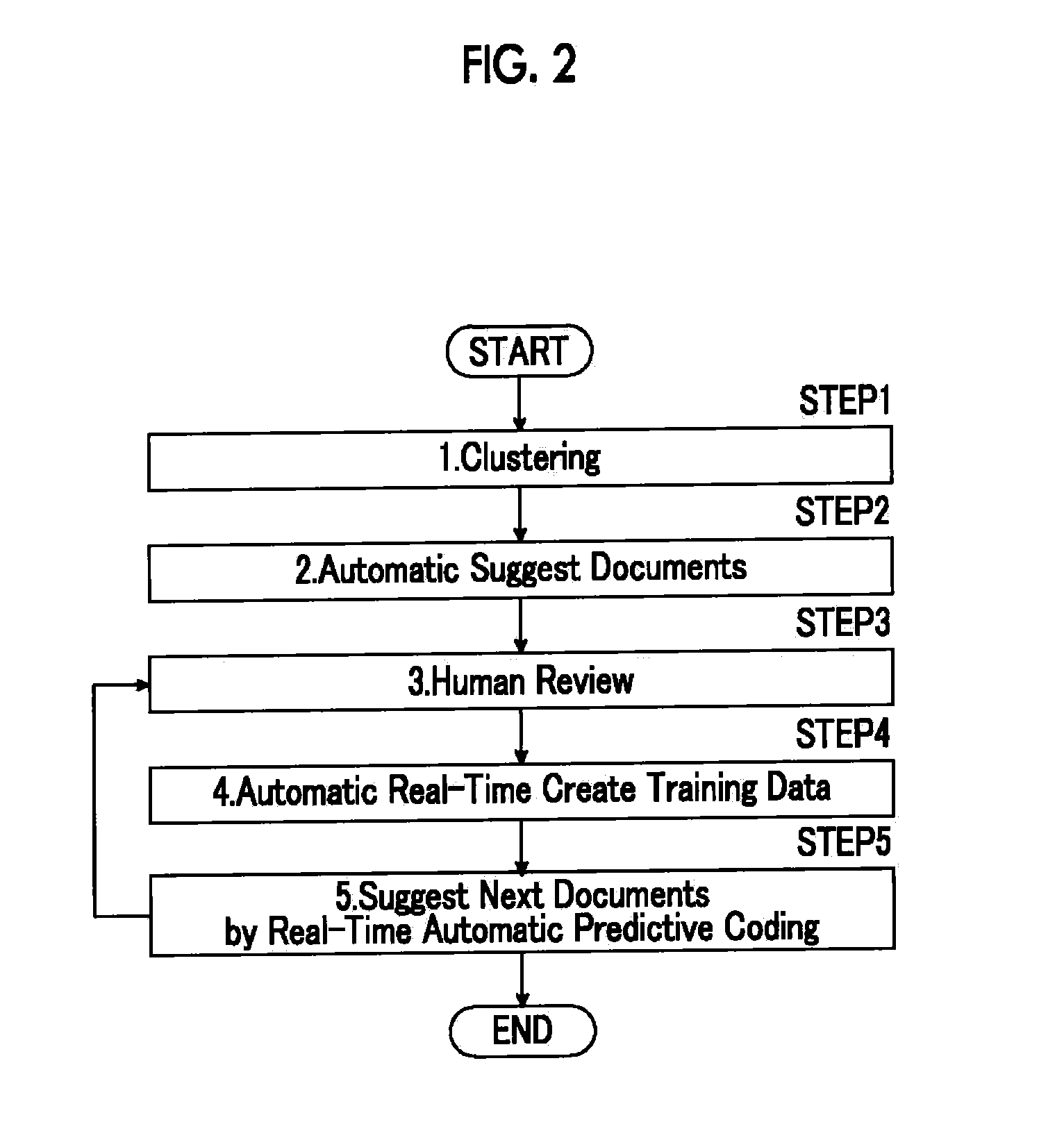Forensic system, forensic method, and forensic program
- Summary
- Abstract
- Description
- Claims
- Application Information
AI Technical Summary
Benefits of technology
Problems solved by technology
Method used
Image
Examples
first exemplary embodiment
[0056]Hereinafter, a first exemplary embodiment of the invention will be described with reference to FIGS. 1 to 8.
[0057]A forensic system 100 according to the first exemplary embodiment of the invention is a forensic system that acquires digital information recorded in a plurality of computers or a server and analyzes the acquired digital information. The forensic system 100 includes a display unit 210 that displays at least one document in a document group that includes a plurality of documents included in digital information to a user; a classification information receiving unit 410 that receives classification information assigned to a target document for determination of whether the document is related to a lawsuit by a user in the document group, based on the determination of whether the document is related to the lawsuit by the user; a score updating unit 510 that updates a score of each document corresponding to predetermined classification information based on a comparison r...
second exemplary embodiment
[0097]Hereinafter, an exemplary embodiment of the invention will be described with reference to FIGS. 9 to 11.
[0098]A forensic system 100 according to the second exemplary embodiment of the invention is a forensic system that acquires digital information recorded in a plurality of computers or a server and analyzes the acquired digital information. The forensic system 100 includes a display unit 210 that displays at least one document in a document group that includes a plurality of documents included in digital information to a user; an classification information receiving unit 410 that receives classification information assigned to a target document for determination of whether the document is related to a lawsuit by a user in the document group, based on the determination of whether the document is related to the lawsuit by the user; a score updating unit 510 that updates a score of each document corresponding to predetermined classification information based on a comparison res...
PUM
 Login to View More
Login to View More Abstract
Description
Claims
Application Information
 Login to View More
Login to View More - R&D
- Intellectual Property
- Life Sciences
- Materials
- Tech Scout
- Unparalleled Data Quality
- Higher Quality Content
- 60% Fewer Hallucinations
Browse by: Latest US Patents, China's latest patents, Technical Efficacy Thesaurus, Application Domain, Technology Topic, Popular Technical Reports.
© 2025 PatSnap. All rights reserved.Legal|Privacy policy|Modern Slavery Act Transparency Statement|Sitemap|About US| Contact US: help@patsnap.com



